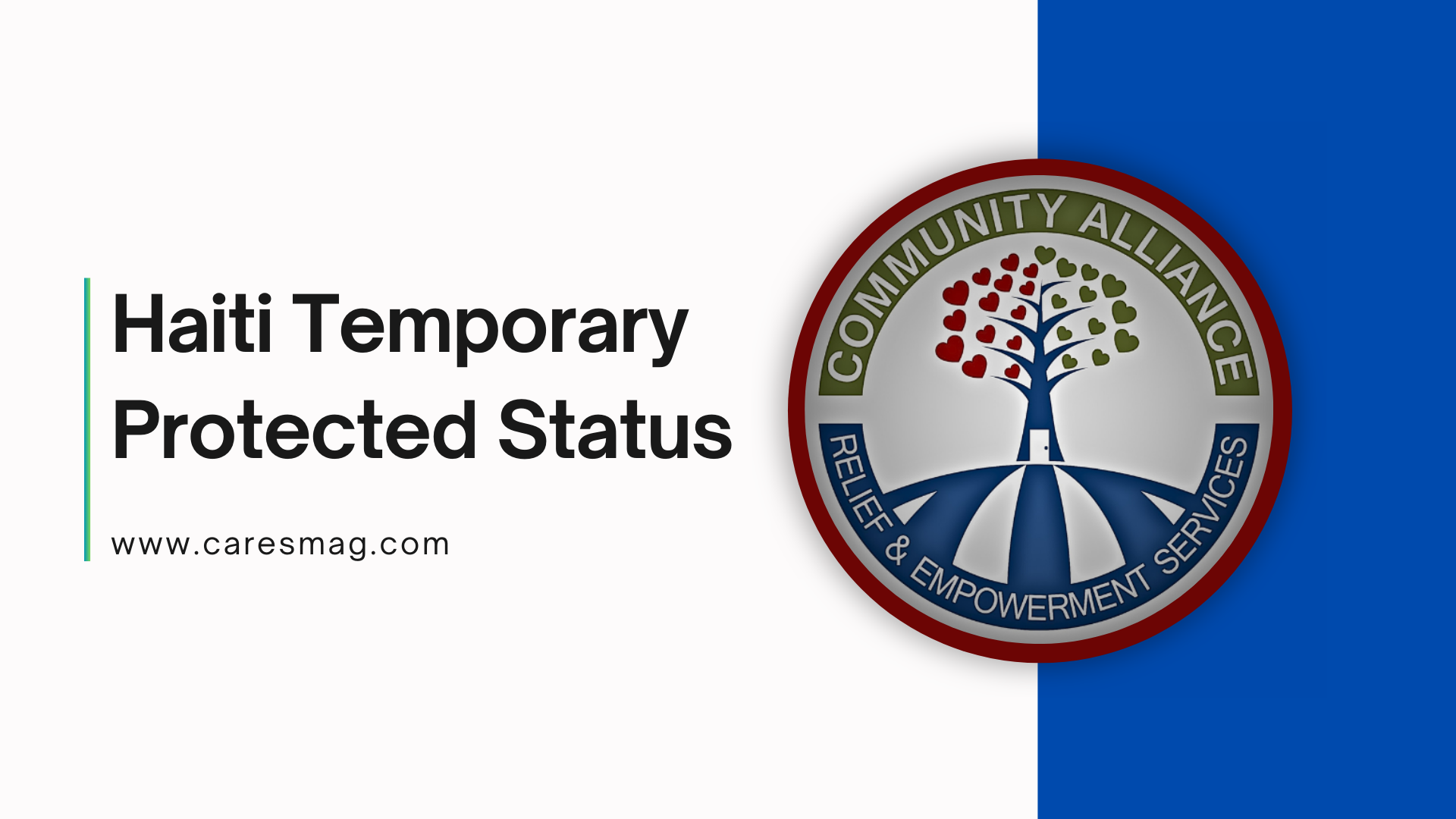How does TPS differ from DACA?
TPS and DACA Differences. Temporary Protected Status (TPS) and Deferred Action for Childhood Arrivals (DACA) are two distinct immigration programs in the United States. As a matter of fact, each is designed to provide relief from deportation and work authorization under different circumstances and criteria. Here are the key differences:
Basis of Eligibility
TPS:
- Humanitarian Crisis: TPS is granted to nationals of countries experiencing ongoing armed conflict, environmental disasters, or other extraordinary and temporary conditions that prevent safe return. The U.S. Secretary of Homeland Security designates which countries are eligible for TPS based on these criteria.
- Country-Specific: Only individuals from specific countries designated by DHS are eligible. As of recent updates, countries like El Salvador, Haiti, Honduras, Nepal, Nicaragua, and Sudan are included.
DACA:
- Childhood Arrivals: DACA is specifically for individuals who were brought to the U.S. as children (under the age of 16) and who meet certain educational, residency, and background check requirements.
- Individual Criteria: Eligibility is based on personal circumstances rather than nationality. Applicants must have arrived in the U.S. before June 15, 2007, and have been under the age of 31 as of June 15, 2012, among other requirements.
Legal Protections and Benefits
TPS:
- Temporary Protection: TPS provides temporary relief from deportation and work authorization for the duration of the designated period, which can be extended by DHS.
- No Path to Permanent Residency: TPS does not provide a direct path to lawful permanent residency or citizenship. Beneficiaries must reapply and pay fees every time their country’s designation is renewed.
DACA:
- Deferred Action: DACA offers deferred action from deportation and work authorization for renewable two-year periods.
- No Direct Path to Citizenship: Like TPS, DACA does not provide a direct path to permanent residency or citizenship. However, DACA recipients can sometimes adjust their status through other means, such as marriage to a U.S. citizen.
Impact and Scope
TPS:
- Broad National Impact: TPS impacts nationals from designated countries, which can include large populations affected by crises.
- Renewal Based on Country Conditions: The continuation and renewal of TPS depend on the ongoing assessment of conditions in the designated countries by DHS.
DACA:
- Focused on Young Immigrants: DACA specifically impacts individuals who came to the U.S. as children and have grown up in the country.
- Educational and Residency Requirements: Recipients must meet specific educational or military service requirements and continuous residence criteria.
Administration and Political Context
TPS:
- Humanitarian Relief: TPS is often seen as a humanitarian measure to provide temporary relief to individuals from countries facing severe crises.
- Subject to Political Changes: The designation and renewal of TPS can be influenced by changes in administration and political priorities.
DACA:
- Policy for “Dreamers”: DACA is part of the broader conversation about the “Dreamers”. Young immigrants who have lived most of their lives in the U.S.
- Legal and Political Controversy: DACA has faced significant legal challenges and political debate. Particularly around issues of executive authority and the need for legislative action to provide permanent solutions.
Recent Developments
TPS:
- The Biden administration has extended and redesignated TPS for several countries. Providing ongoing protection for nationals from these regions due to persistent crises (USCIS) (U.S. Department of Homeland Security).
DACA:
- The Biden administration has taken steps to protect DACA recipients. Including extending Affordable Care Act coverage and proposing pathways for long-term undocumented residents to gain stability (The White House).
Conclusion
While both TPS and DACA offer crucial protections and benefits to specific groups of noncitizens in the U.S. They serve different populations and are based on different criteria. However, TPS focuses on nationals from countries experiencing crises, whereas DACA targets individuals brought to the U.S. as children. Neither program provides a direct path to permanent residency or citizenship. Finally, highlights the need for comprehensive immigration reform to address these and other issues within the U.S. immigration system.
Written by Patrick Jacotin - Senior Editor




One Comment on “TPS and DACA Differences”